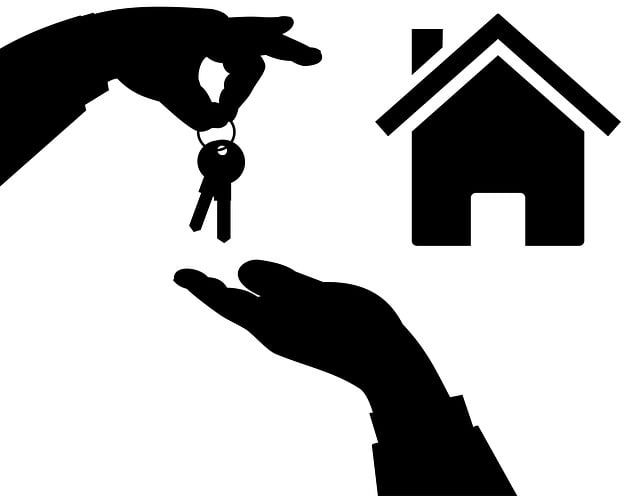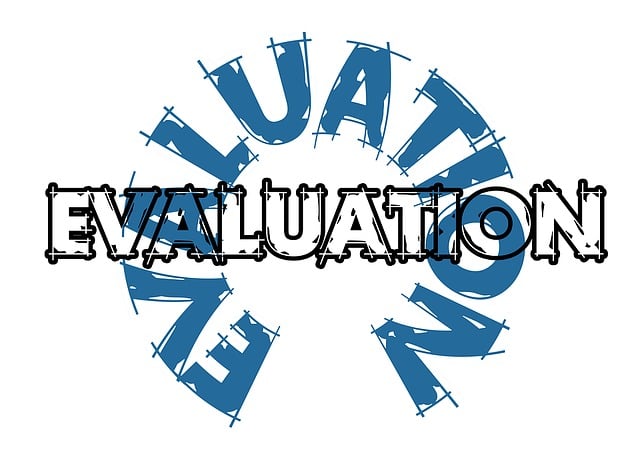In real estate, Comparable Sales Analysis is a powerful tool used by professionals to determine property values accurately. They consider location, market trends, home age, size, condition, and unique features, along with buyer-seller dynamics. Advanced techniques like data analytics and digital mapping software help assess surrounding amenities and transportation hubs, ensuring precise valuations aligned with current market conditions. This fosters transparency and trust among buyers and sellers alike.
A professional assessment of comparable home prices is an indispensable tool in real estate. Understanding comparable sales analysis (CSA) involves scrutinizing recent sales data of similar properties within a defined market area. This article delves into the intricacies of CSA, exploring factors like location, property type, and market trends that influence home price comparisons. We also detail techniques for accurate property valuation assessments to ensure fair and informed real estate transactions.
Understanding Comparable Sales Analysis in Real Estate

In real estate, Comparable Sales Analysis is a powerful tool used by professional appraisers and agents to determine the value of a property. This method involves evaluating recent sales data of similar homes in the same neighborhood or area. By examining these comparable sales, real estate professionals can assess the market trends, identify patterns, and adjust their pricing strategies accordingly. It’s not just about finding houses that look alike; it also considers factors such as size, age, amenities, and location to ensure an accurate comparison.
Understanding comparable sales is crucial for both buyers and sellers. For buyers, it helps them make informed decisions by knowing the potential value of a property. Sellers, on the other hand, can set competitive listing prices based on what similar homes are selling for. This analysis ensures that transactions are fair and efficient, fostering a transparent real estate market.
Factors Influencing Home Price Comparisons

When professionals in the real estate sector assess comparable home prices, several factors come into play. These include the location of the property, which can significantly impact value due to neighbourhood desirability, local amenities, and market trends. For instance, homes in areas with highly sought-after schools or convenient access to urban centres tend to command higher prices.
Other influencing factors are the age, size, condition, and unique features of the home itself. Recently renovated properties or those with modern fixtures and amenities may attract premium pricing, while older homes might require adjustments based on their need for repairs or updates. Additionally, market demand plays a crucial role; in buyer-centric markets, sellers often have more leverage to set competitive prices, whereas in seller’s markets, buyers can expect a more negotiated approach.
Techniques for Accurate Property Valuation Assessments

Professionals in the real estate industry employ a variety of techniques to ensure accurate property valuation assessments. Firstly, they conduct thorough market analyses by studying recent sales data and listing trends within comparable neighborhoods. This involves identifying properties with similar attributes, such as size, age, amenities, and location, to establish a benchmark for comparison. By analyzing these factors, appraisers can estimate the value of a given property more precisely.
Additionally, they utilize advanced tools like digital mapping software and data analytics platforms to gather detailed information about the surrounding area. These technologies enable them to assess the impact of various factors on property values, such as proximity to schools, shopping centers, parks, and transportation hubs. By incorporating these data-driven insights, real estate professionals can provide more reliable valuations that align with market conditions, thereby enhancing transparency and trust in the real estate sector.






